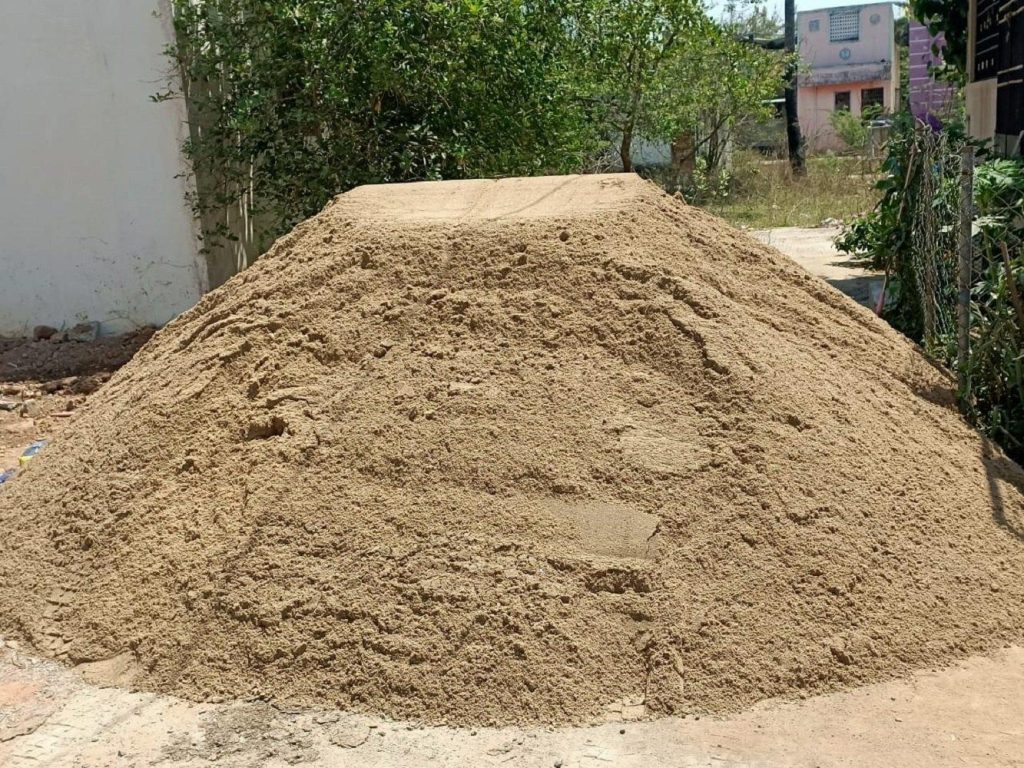Green Design Principles: Incorporating Durability for Sustainable Building Practices
Durability is an important factor in the design of environmentally sustainable structures. It assists in maintaining their purpose for a longer period. Insufficient durability can result in major repair and construction costs, as well as negative environmental effects.
The durability also aids in reducing the cost of maintenance, by reducing unexpected maintenance downtime. It is particularly important with regard to large equipment such as cranes.

Importance
Construction materials’ ability and buildings to stand up against decay and deterioration is one of the key factors in building performance. Durability usually consists of many factors including the selection of raw materials the quality of control and construction considerations, and maintenance techniques.
Concrete and steel are highly durable building materials, which can withstand the natural aging of their parts over the course of. They can also be repurposed over the lifetime of a building, which is an important aspect of sustainable development.
Many times, durability goes hand-in-hand with low maintenance. For example, a concrete structure requires little maintenance throughout its existence compared with wood structures, which might require regular repainting. The longevity of a structure is also important because it can help reduce the annualized embodied environmental effects.
Factors Influencing Material Longevity
There are many factors that affect the life span of building materials. It’s challenging to figure out how long a building based on the construction materials used without detailed specifications, but buildings with high durability can last longer than 30 years prior to when large repairs are required.
How construction is conducted and the quality of materials used in a construction determine the durability of that building. Concrete is a good example of a material da 1×2 that is incredibly durable when properly formulated, placed and cured. In addition, safeguards such as impressed current cathodic protection may prolong the lifespan of reinforced concrete and steel elements.
In general, durability is associated with low-maintenance. For instance, exterior siding which requires painting often isn’t as sturdy as the pultruded window frames and sash which need minimal upkeep to carry out their role over a longer period of time.
What can be done to increase the durability of the materials
If you are building a skyscraper that is high-rise or constructing a piece furniture, sturdy construction materials allow for long-term use. To maximize product durability the right planning and execution are required. The following are some strategies for increasing the longevity of products:
Incorporating durability into the design of products at the outset. The modular structure allows replacement of parts and for repair. This increases the longevity of the product and helps reduce waste.
conducting lab tests to simulate actual-life aging conditions to pinpoint durability challenges and test the solutions. For educating consumers on product longevity to encourage more sustainable consumption behaviors.
Lower operational expenses by reducing returns and maintenance. With the help of durable projects business can minimize waste, maximize inventory and redistribute resources to other activities. The durability of projects can also reduce recurring cost, thus increasing ROI. These projects help businesses meet financial goals and sustain longevity.
Environmental Impact of Construction Materials
Construction industry produces the waste of many materials and produces a lot of pollution. Chemicals used at the construction site, and diesels used in diggers, trucks and construction materials all have negative effects on the environment.
Through spreading the impact of initial construction of a structure over an extended period, durable buildings help to reduce environmental impact. They also require less maintenance that can cut down on the need for new materials and energy.
The building materials with low impact are all natural that are found in the vicinity or near to each other, like timber straw, clay, straw cob, rammed earth and rammed earth. These materials are often cheaper and don’t require huge distances for transportation or factories to create these materials. Recycling them also reduces the negative impact they cause on the planet.
Construction Materials Maintenance: Best practices
In order to ensure that the construction equipment can be safely operated and efficiently, it requires routine maintenance. It includes the lubrication of equipment to prevent friction and wear as well being calibrated load capacity indicators to avoid overloading that could cause injuries and costly damages.
Maintaining a good maintenance routine has a huge influence on the longevity of equipment as well as the worth of resales. Equipment that is well maintained lasts longer. It can also work more efficiently in avoiding expensive breakdowns as well as lessening the duration of projects.
The primary reason behind heavy equipment failures is mechanically-induced failure. It can be prevented through regular preventive inspections of maintenance. Most direct expenses are because of expenses of mechanics along with equipment maintenance and efficiency.